The 2024 Wader Quest World Watch in Anguilla was marked by wind, rain, and wild seas due to a “Tropical Wave.” Mother Nature reminded us what we could have experienced during this hurricane season.
The weather did not deter me from my count.
Over the two days, I recorded fifty-two species of birds.
Nineteen of those species are shorebirds and were included in the Wader Quest World Watch Count.
It was interesting to note that several sites had no birds present. In some locations, waders were not present but other waterbird species were counted. High water levels could be the reason for these anomalies.
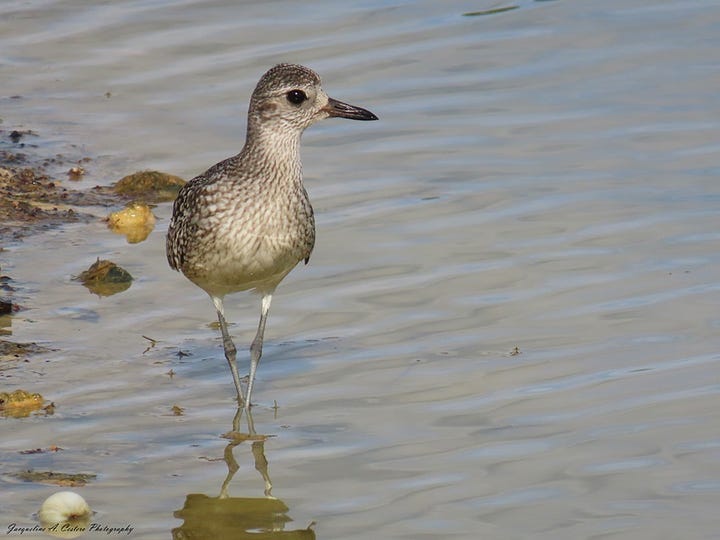
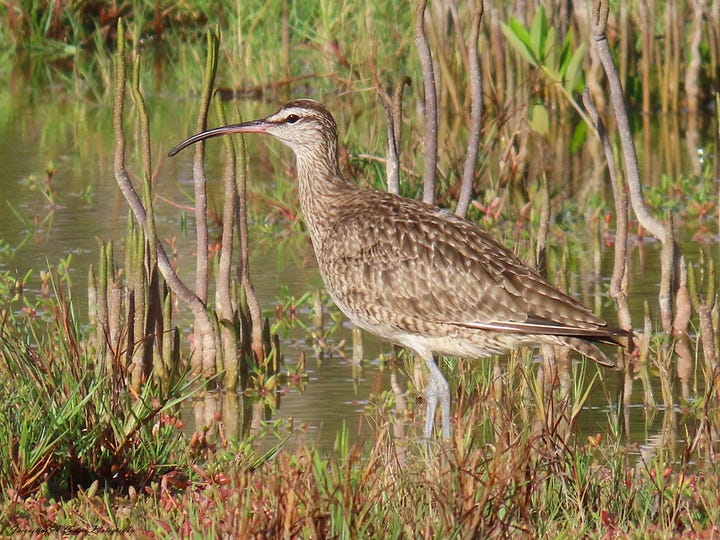
The most exciting find was a Wilson’s Phalarope on West End Pond IBA. Unfortunately, a car flushed the flock of birds and I didn’t get a photograph.
I recorded one bird on West End Pond on August 22, 2020. I recorded another individual on Road Salt Pond on January 16, 2021. The photograph above is an individual bird seen on West End Pond IBA on January 13, 2015.
Birds of the World Provides the following information on the Wilson’s Phalarope:
“Wilson's Phalarope is the largest and most terrestrial of the three phalarope species, which are well known for their reversed sex-role mating system. Larger and more brightly-plumaged females compete for mates and are sometimes polyandrous, whereas males provide all parental care. The species is nonterritorial, although birds occasionally defend feeding sites when food is scarce.
Unlike the other phalarope species, which have Holarctic breeding ranges and pelagic nonbreeding distributions, Wilson's Phalarope breeds exclusively within the Nearctic, and its non-breeding distribution is entirely continental. It breeds at shallow wetlands of interior western North America but for most of the year is a salt-lake specialist.
After the breeding season, virtually all adults undertake a molt migration and stage, often in huge flocks, at hypersaline/alkaline lakes of western North America, before migrating to similar wintering habitats mainly in the altiplano of Bolivia and Argentina. Small numbers winter at wetlands in the pampas and as far south as Tierra del Fuego. Although knowledge of this species' biology at breeding sites and migratory staging areas is good, relatively little is known of its habits in wintering areas.”
It was a real treat to see this rare visitor.
While the weather was wild, it was punctuated with brief moments of spectacular views. Anguilla Beaches - eat your heart out!
Many thanks to the team at Wader Quest for sponsoring this annual event. They do an amazing amount of work to promote shorebird conservation worldwide.




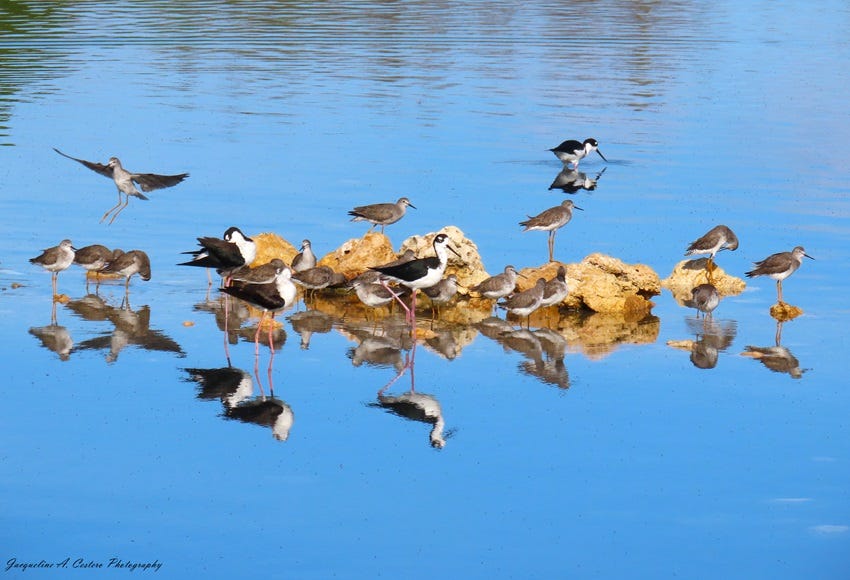
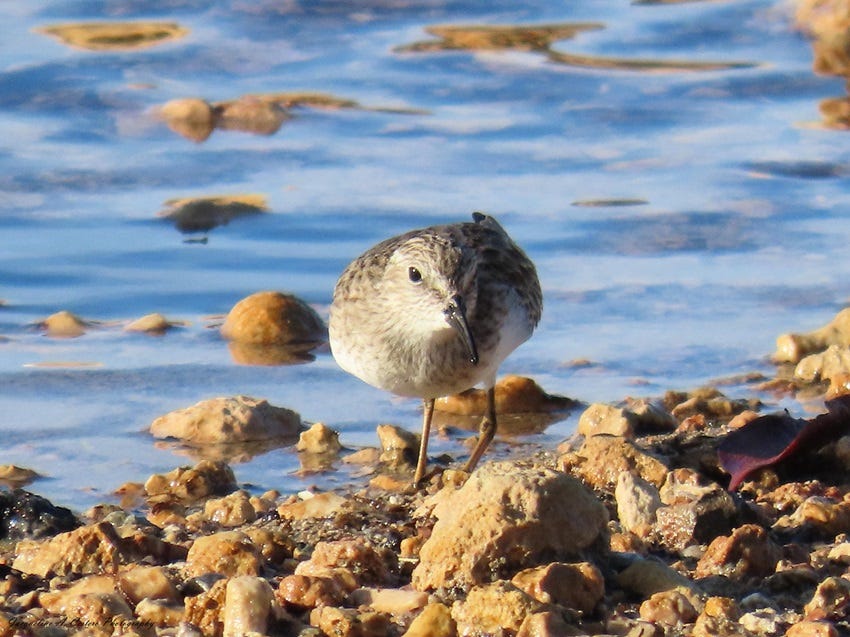
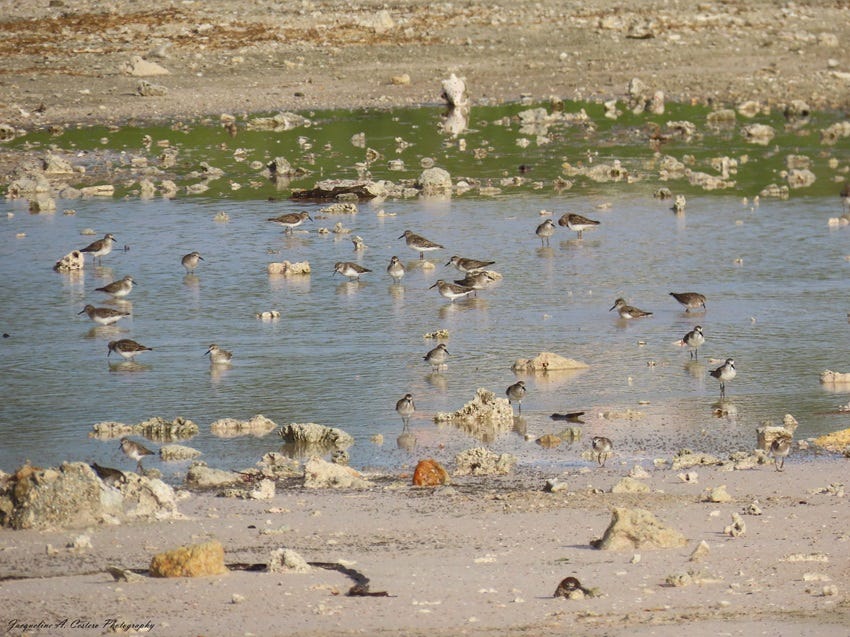
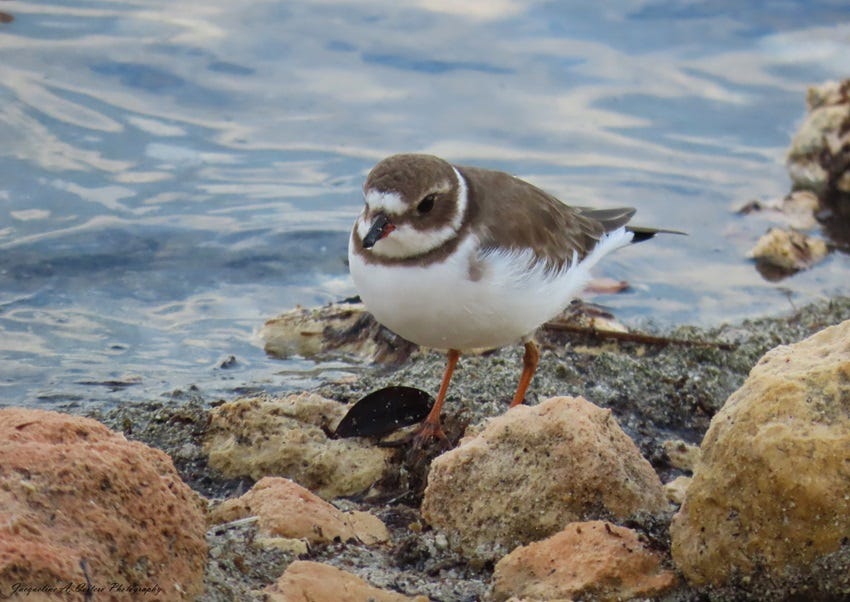

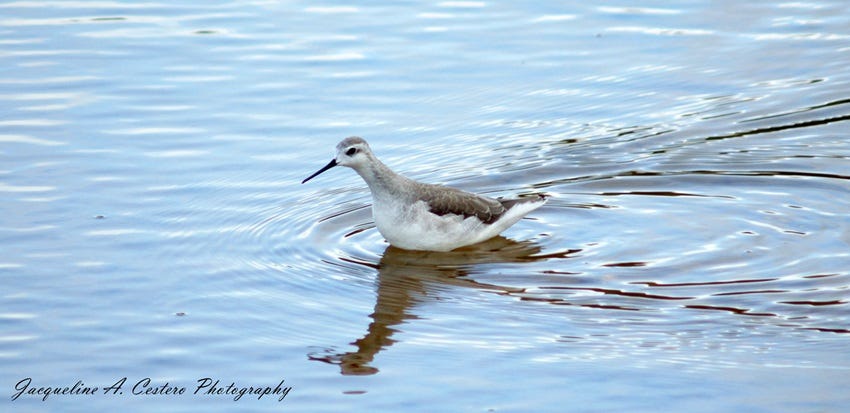
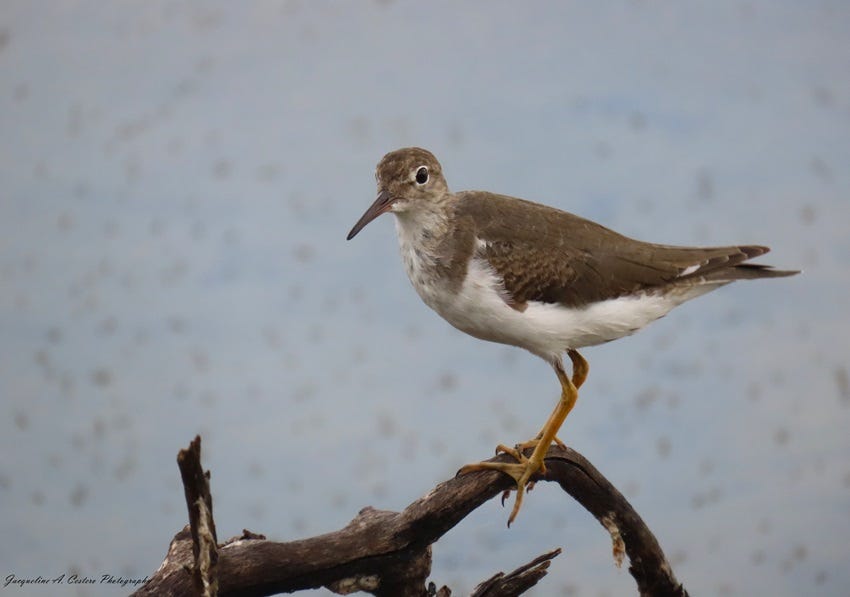
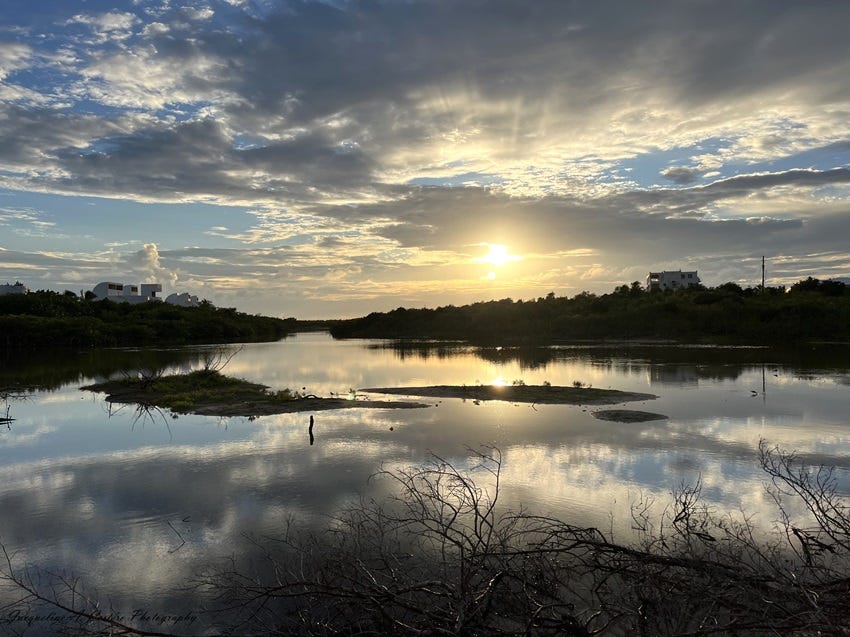
Spectacular photos! THANK YOU, Jackie, we miss you!
What a bounty! Wilson's Phalarope has a special place in my heart. My first was a breeding adult female in central Michigan. Unforgettable beauty in an unexpected location.